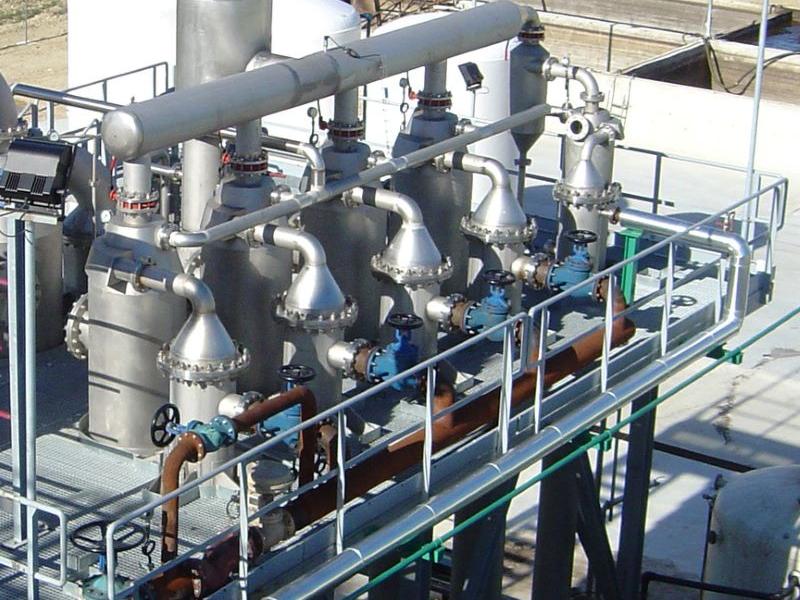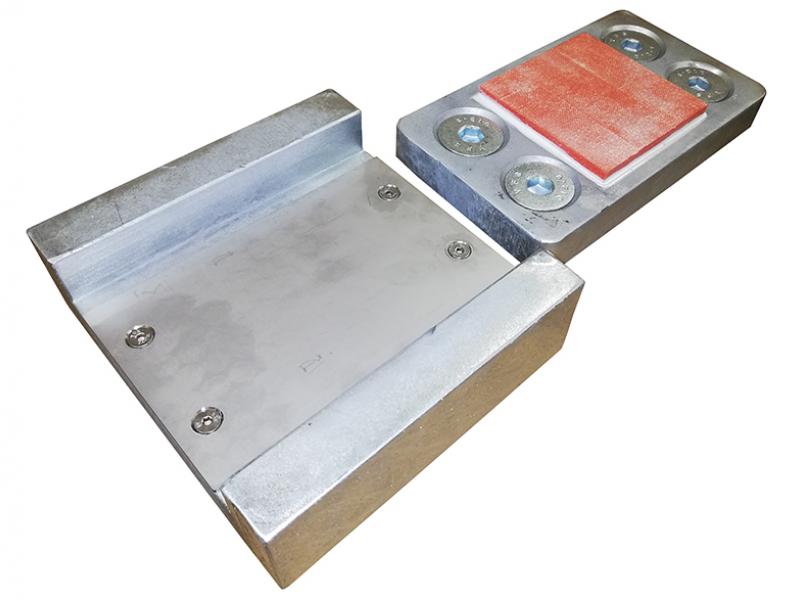New Zealand, led by the government, is keen to grow a high-tech manufacturing sector and Denmark could provide the blueprint.
Once an agriculture-dominated economy, Denmark is now an exporter of high-tech capital equipment, wind turbines, enzymes and other biotechnology products.
New Zealand would like a slice of that. But many of us are making the same mistakes we did with the ‘knowledge wave’ movement in assuming we can leap from where we are to where Denmark is today.
That is not how Denmark did it. They did not get off the grass, and today has an export food industry about as big as ours, alongside other high-tech manufactures.
Quick leaps into new industries are difficult to achieve without massive (China-style massive) investment. Denmark grew its biotech business via porcine insulin from its large pork industry. It grew its process equipment industry from supplying its own expanding dairy industry.
The lesson is to grow your new industry by vigorously exploiting customers in existing industries. You must keep food and agriculture strong. Denmark merely moved to the grassy verge and that is the sweet spot for us too.
The New Zealand high tech manufacturing sector is growing at a modest pace. We do have a few limitations – we are miles from markets; we have a thin base to work from; few of our brighter students choose engineering at tertiary level; we import nearly all our engineering raw materials. But none of these is fatal. What is far more important is who and where we find our thousand lead–user customers.
To grow an industry you must first grow firms, usually many firms. For firms to grow they must have customers. There are two types of customer: business or consumer – so your firms grow business to business (B2B) or business to customer (B2C) businesses.
B2C is not easy as you must discern the inner wishes of a million consumers with whom you can’t converse, before either they or your competitors know that inner wish. B2B commerce is far the easier way to grow a new high tech business. And those B2B customers are either here in New Zealand where you can reach them or they are Airbuses away.
In my view, B2B business with New Zealand customers are the best bet for small high-tech businesses. The major exception is weightless products such as fibre-friendly software or information products.
So where in New Zealand do you find a big enough population or business customers keen for sensor, software, imaging, robotic and other mechatronic products? In the food and fibre processing industry.
New Zealand, relative to population and to economy, has a massive biological products primary sector. We have land, rain, coastline and a plethora of food and fibre raw material like fish, fruit, raw milk or beef on the hoof. Most of this raw material we process already but we should be processing more of it into far more valuable products.
Coriolis Research director Tim Morris has highlighted the rapid growth of the already substantial export processed food and beverage sector in the Ministry of Business, Innovation and Employment’s food and beverage information project.
The food-processing sector in New Zealand is substantial, comprising many companies run by tech–savvy people hungry for productivity gains. It has been growing strongly for 15 years and is accelerating.
It is strongly backed by new government infrastructure such as the New Zealand Food Innovation Network (a set of open access pilot plants for research and development and first commercial production) and the food sector’s research and development community featuring the newly established FoodHQ collaboration. It is also strongly supported by several very good university degrees and polytechnic courses.
New Zealand’s food processing sector is, in my view, the primary potential driver of New Zealand’s high tech manufacturing sector if we are awake to it. I confess to some trepidation as the National Science Challenges sort out their programmes of work. I would hope the Challenge on Science for Technological Innovation targets a good chunk of their effort on devices and software for our food processing industry. That way we support two high–tech industries simultaneously – our developing process equipment industry and our more mature food processing industry.
I recently visited the TNO Research Institute in Eindhoven, the Netherlands. Now that really is a serious high-tech manufacturing applied research group, magnificently equipped with people and machinery and inhabiting the same city as Philips and the plethora of medical imaging companies. TNO include food in its ambit.
They are well up with the play in 3D food printing and have linked with Massey University researchers. They have applied ink-jet printing techniques to droplet atomisation for spray drying and powder encapsulation among other innovations.
I am more confident about the way Callaghan Innovation is developing. It has identified food manufacture among its cluster of high-tech manufacturing sectors to foster. Let’s hope the various sectors work together rather than heading off to become independent republics.
Professor Richard Archer is head of Massey University’s Institute of Food, Nutrition and Human Health.






